The vision and place of the suckler herd in Ireland is getting clearer by the day. This week, suckler farmers learned more about the support available in the new CAP for a suckler sector in freefall.
The positive is that there is now €150/cow available for the first 22 cows, and €120 for every cow thereafter. Put this on top of the potential €65/cow available through the BEEP-S scheme announced in the budget, and you start to see where the baseline income for smaller farmers in the west of Ireland will be established.
Let’s take a 25 cow suckler farmer with the ability to access all schemes, farming 30 hectares. We know the farmer can establish a gross €3,600 from the SCEP, a potential €1,600 from BEEP-S, let’s assume an average €5,000 from the new ACRES, an average ANC payment at €3,000, and an average BISS entitlement of €7,800.
That’s a gross payment to the 30 hectare farm of €21,000.
The next step for consideration is if the farm was to convert to organics and access another €250/ha payment or €7,500 per year.
So, as yet, we don’t have the detail on the BEEP-S scheme and I have assumed €65/cow for BEEP-S above. Of course, a lower stocking rate will be necessary to make the numbers stack up for organics, but maybe a lower stocking rate is the better option.
I’m also aware that there are costs associated with participation in many of the schemes above, so the net figure is less.
Analysis
We know from the Teagasc review analysis that this so-called ‘support payment’ is needed to keep the enterprise alive – ie typically suckler and sheep farmers in Ireland need 100% of this support to cover production costs.
Let’s call a spade a spade: leaving aside the conversion to organics, bringing in close to €20,000 per year via the suckler enterprise is a significant shot in the arm relative to some of the other enterprises that the 30 hectare farm could be at.
The sheep farmer in the same space doesn’t get the colour of that money for what you could argue is a heavier workload to establish the same return from farm output. The advantage of sheep is of course they can travel more difficult terrain.
East versus west
So what will happen (or more importantly is happening) to suckler numbers? The numbers speak for themselves. This week, Adam Woods outlines the ten year exodus of suckler cows from the east of the country for more profitable enterprises or land use options.
Milking cows have filled the difference for those farmers in the east that have a successor, the land base and the money to invest in building a dairy enterprise. In the west, the options are more limited.
More variation in land quality, low levels of reinvestment, fragmentation, and limited feed options mean suckler cows will continue to manage the land/environment in the west. Off-farm work coupled with a subsidised suckler system will work for many landowners.
What does this do for balance of systems across the country? Nothing. If anything, it boxes the suckler enterprise more and more into the west. The sheep go more and more to the hills.
The new CAP reform on its own is taking a significant shovel to levelling the BISS payment between farms, which ultimately we know will mean less food produced in Ireland.
If we layer the heat map of those farmers in ACRES, those farmers in ANC or disadvantaged land and those farmers gaining from CAP reform, we see a red hot trend along the western seaboard, and a much cooler one along the east.
Future
Is that the future of the enterprise breakdown across the island? It certainly looks like it at the moment. Will the dairy beef enterprise proliferate into the west to run alongside the suckler enterprises?
If I was to call it now, I would say yes, to a small extent. However, the high grass utilisation, higher stocked system is more suited to those farms in the midlands and east.
Solar and tillage farms will compete further for better grassland farms in the east, driving the price of land for sale and lease higher. Farmers will have to fight harder to get the environmental credits for producing solar energy on farm.
Forestry continues to lurch from crisis to crisis, so despite much fanfare, it is not yet really on the table as a valid alternative land use for many landowners building a vision for the next five to 10 years.
The question is will the scheme payment and the relatively recent beef price rise be enough to keep the full-time, mainly Eastern, suckler farmer in business.
Many of these are losing heavily in CAP reform and cannot access the same level of scheme funding. This payment won’t paper over these cracks, but a rising and steady beef price will help.




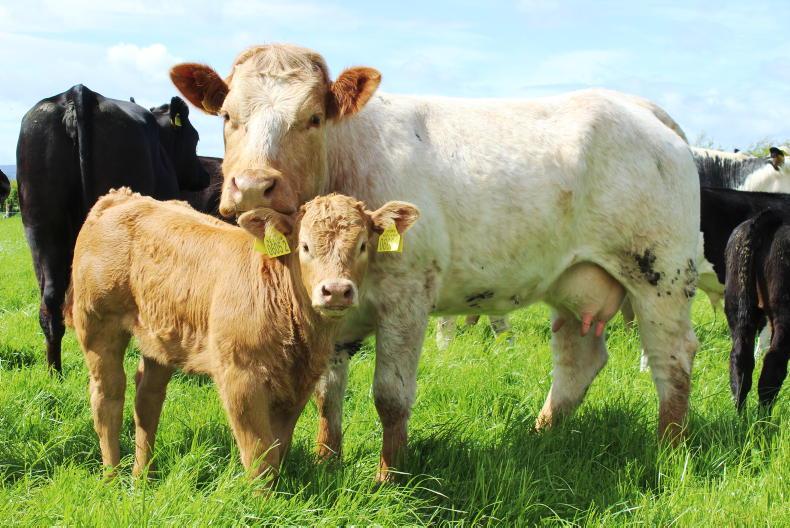
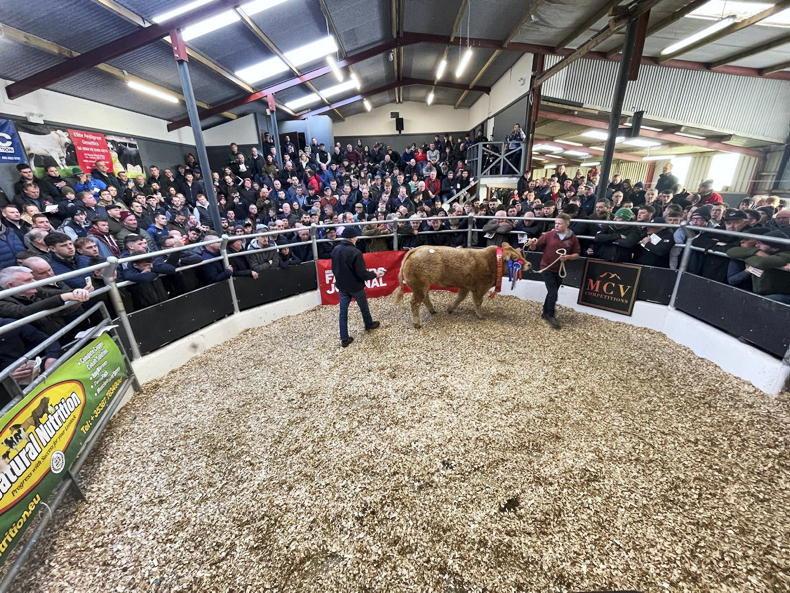

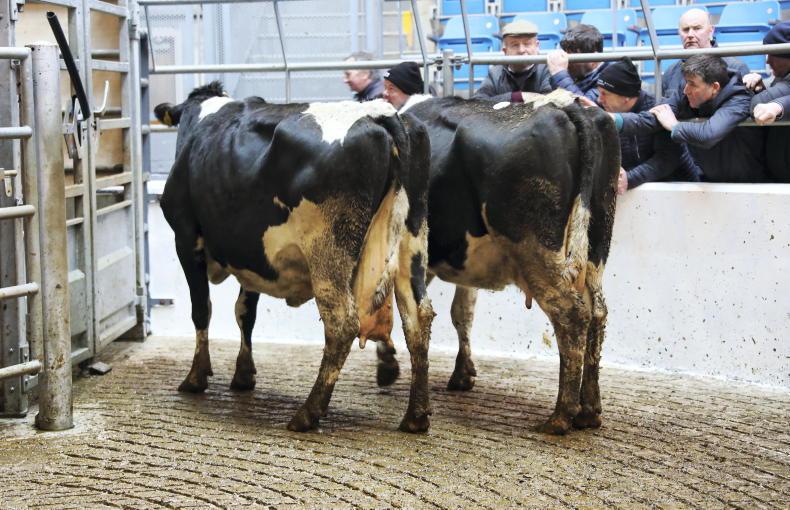
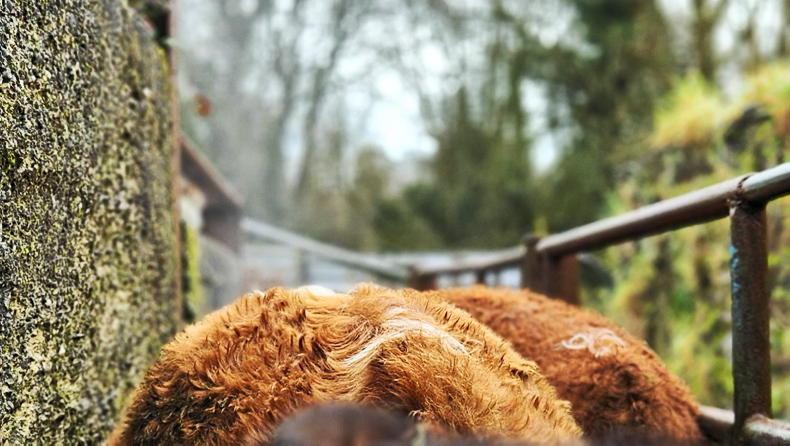
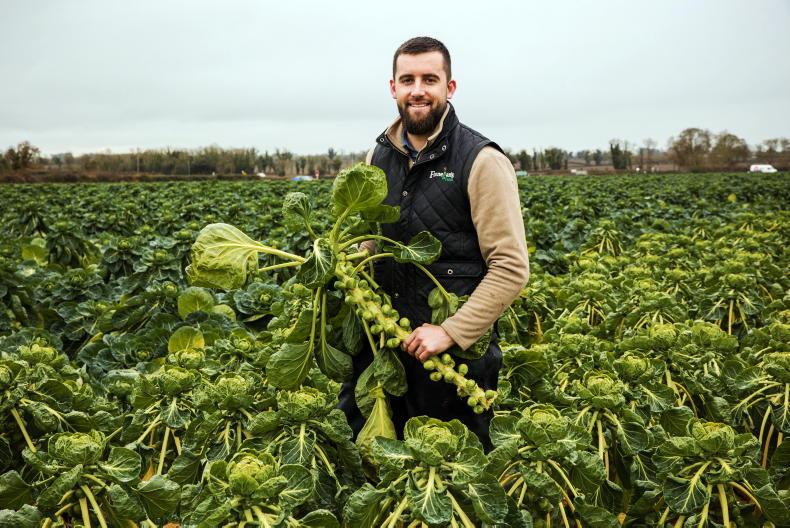
SHARING OPTIONS